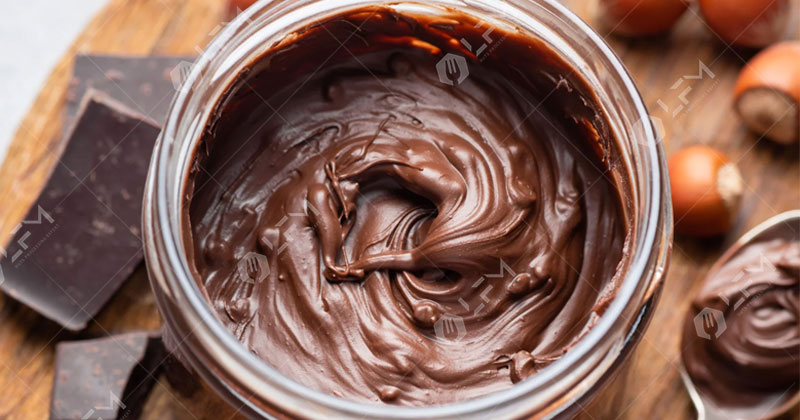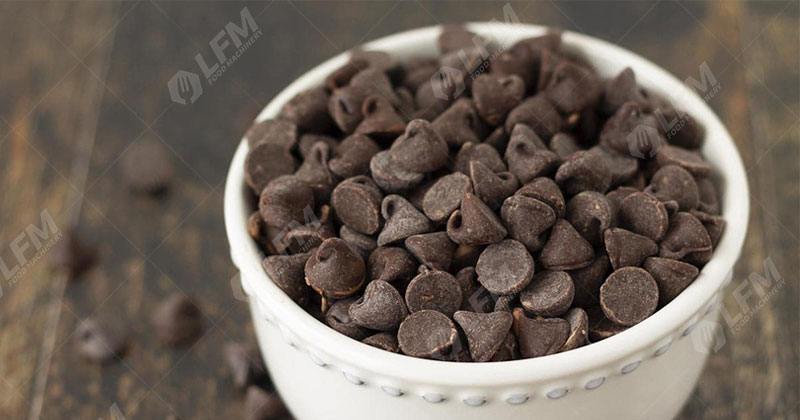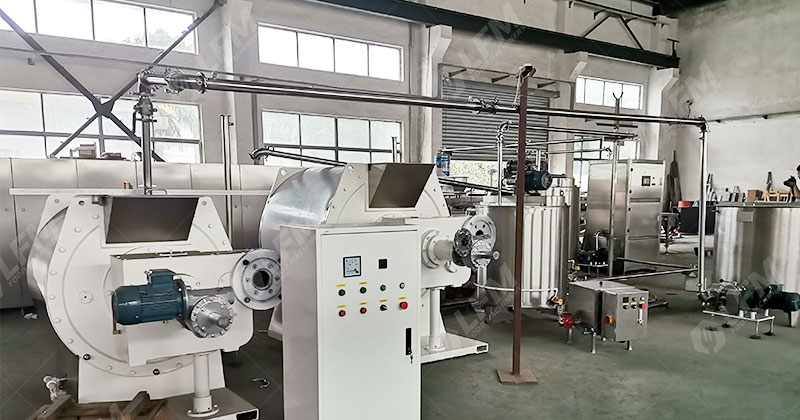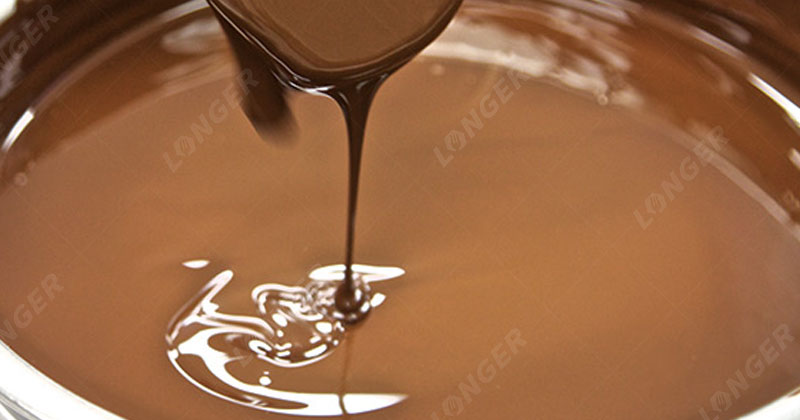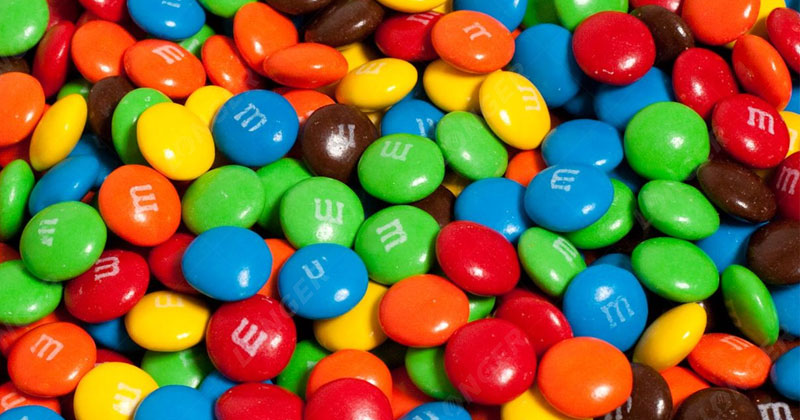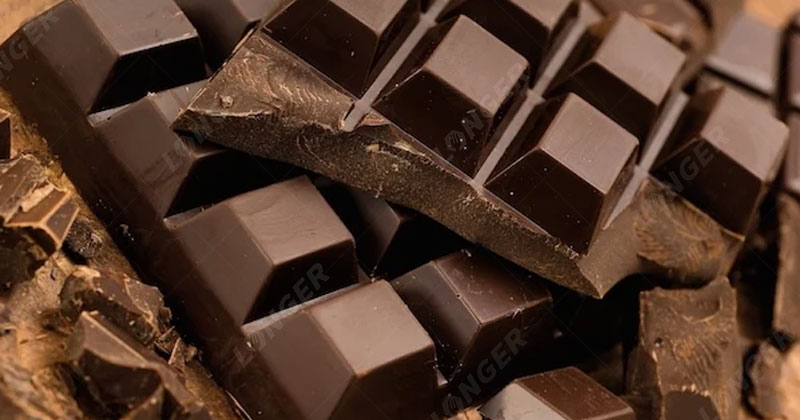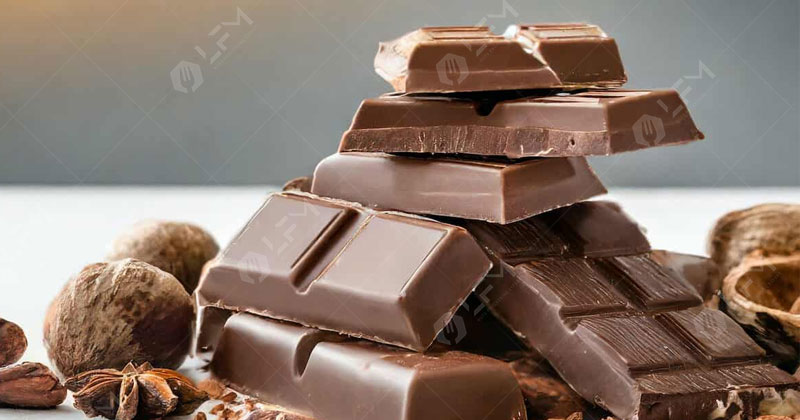
What Machine Is Used In A Chocolate Factory?
In the production process of chocolate, the choice of machines is crucial to the quality of chocolate products, production efficiency and profitability of the factory. Modern chocolate factories usually use a series of specialized machines, from the processing of cocoa beans to the packaging of the final chocolate products, each link has corresponding machines and equipment to complete. The following are the main machines commonly used in chocolate factories and their functions. What Machine Is Used In A Chocolate Factory 1. Cocoa bean cleaning equipment Chocolate production begins with the processing of cocoa beans. In order to ensure the quality of chocolate, impurities such as dust, stones, and leaves in cocoa beans must be removed first. Common equipment includes vibrating screens, wind separators, and magnetic separators. Vibrating screens are used to screen out large particles of impurities, wind separators blow away light impurities through airflow, and magnetic separators are used to remove metal particles that may be mixed in. 2. Cocoa bean roasters After the...

